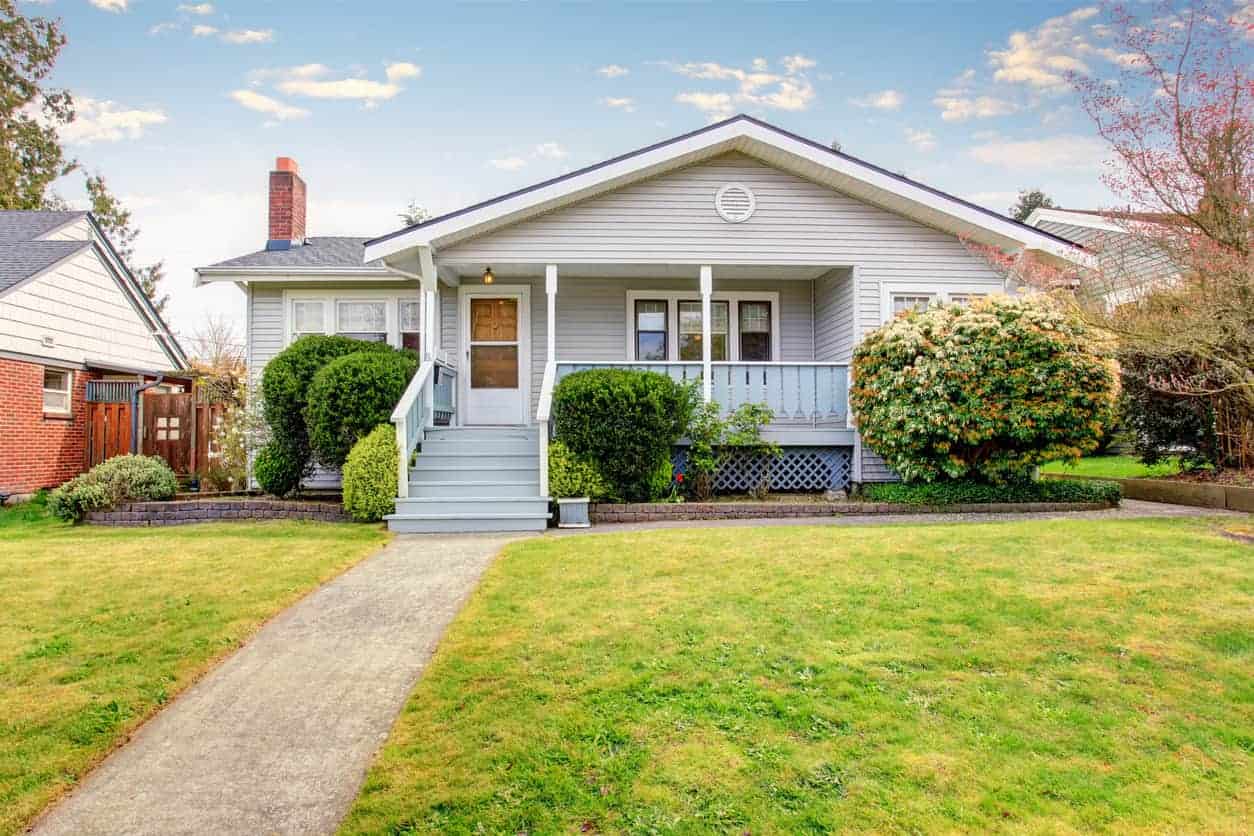
You don’t have to look too hard these days to find a TV show following real estate investors as they glamorously flip houses for jealousy-inducing amounts of profit. However, the unfortunate truth is that most of these shows are about as representative of real estate investing as “Jersey Shore” was of the great state of New Jersey.
Regardless of the inspiration, fix and flip investing is the most popular it’s been in over a decade, and many investors are making money. But be careful; the line between flip and flop is thin, often hinging on a few key decisions throughout the renovation.
Hiring The Wrong Contractor
The foundation (no pun intended) of any successful rehab starts with hiring the right contractor. Your contractor is your eyes and ears on the ground every day of the project – the one who will save you from cost overruns (or not), keep your timeline on track (or not) and provide experience-based advice on best practices (or not). Every deal is different, but after reviewing over 1,000 fix-and-flip projects, the one commonality among the few that have gotten in trouble is that they were all hurt by a contractor who failed to hold up his end of the bargain. Here are a few tips for selecting the right contractor for the job:
- Use your network. Who better to recommend a contractor for a fix and flip project than an investor who just used the contractor for a similar fix and flip project? Don’t have a network of investors to ask? Go to your local Real Estate Investors Association (REIA) event or Meetup.
- Treat it like a job interview. Interview multiple candidates, and expect professionalism. Similarly, check references – I mean really check references. Don’t just call previous clients, but go visit the properties. See the work first hand, and evaluate whether or not the contractor is capable of doing the type of work you require.
- Be specific. Make sure you’re comparing apples to apples. Request a line-by-line scope of work from at least three different candidates to truly compare what they think needs to be done, as well as the time and costs involved.
Renovations With No Return
Kitchens, bathrooms and curb appeal – that’s what sells a house.
As a general rule, the key to avoiding rehab with a negative return on investment is to understand what the market demands and to focus your budget on matching – not exceeding – the needs. Put simply, don’t spend $125 per square foot on custom finishes when the $80-per-square-foot Home Depot finishes are what sold next door.
Excessive spending on basements, landscaping and especially pools will eat up your budget without proportionately increasing your After Repair Value (ARV).
Not Staging
Contrary to what some investors might think, a clean empty home is not your friend. One of the most critical parts of the sales process is enabling potential buyers to see themselves living there; something that is incredibly hard to do with an empty shell. A professional stager will create an environment that appeals to a variety of different types of buyers in your market, while helping you capitalize on the property’s strengths to maximize impact.
Like everything else about a fix and flip, staging the property is an investment in future returns. The job might cost you anywhere from $1,000 to $3,000, but you have to spend money to make money. A study by The National Association Of Realtors found that staged properties sell up to 2.5 times quicker than empty properties, and for an astounding 17 percent more money. Don’t pinch the wrong pennies – stage your property.
Falling In Love
You did an incredible job with your property – I’m sure of it! However, the sense of pride and accomplishment that most investors feel after completing a flip can lead to unrealistic expectations for how much money it should sell for. Every extra day that you hold on to the property eats into your bottom line. Growing soft costs like interest expenses, taxes, utilities, and even insurance will continue to accrue and erode your profit. Don’t waste money holding out for a few thousand dollars extra on the sale price – flip your property, buy a new one and put your capital back to work!
The Bottom Line
Real estate investing is an exciting and potentially lucrative venture. Increase your chances for success by hiring the right contractor, focusing on the renovation expenditures that get results, staging the property to increase perceived value, and flipping the property to reinvest your money as quickly as possible.



























 United States
United States Canada
Canada